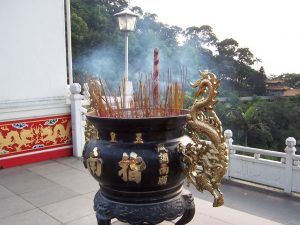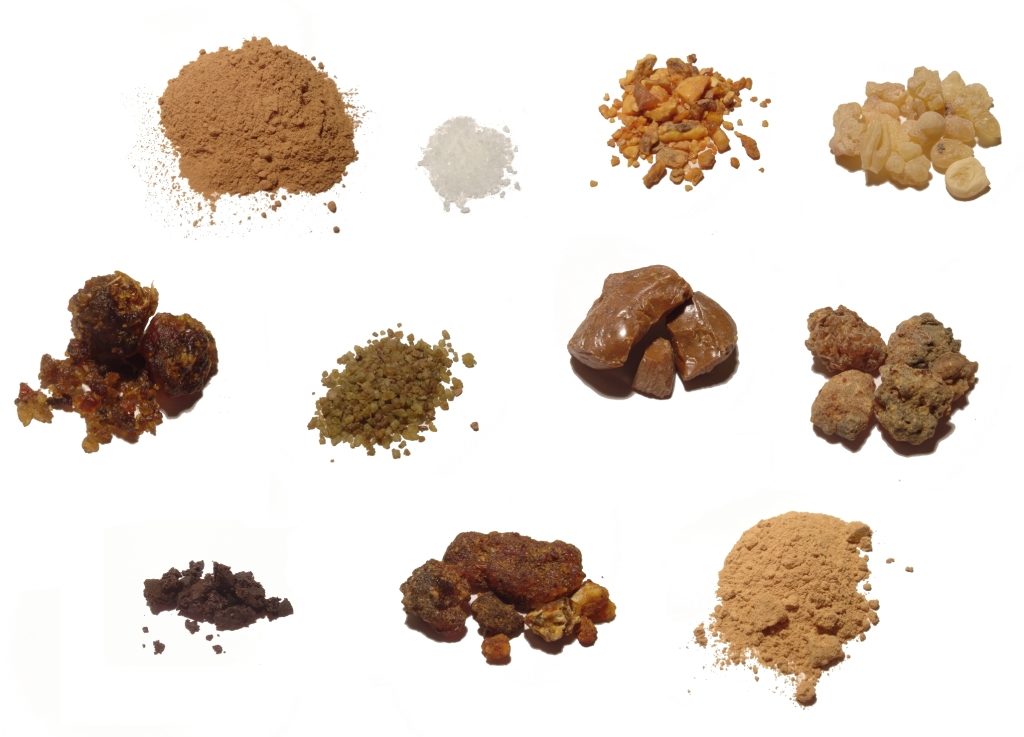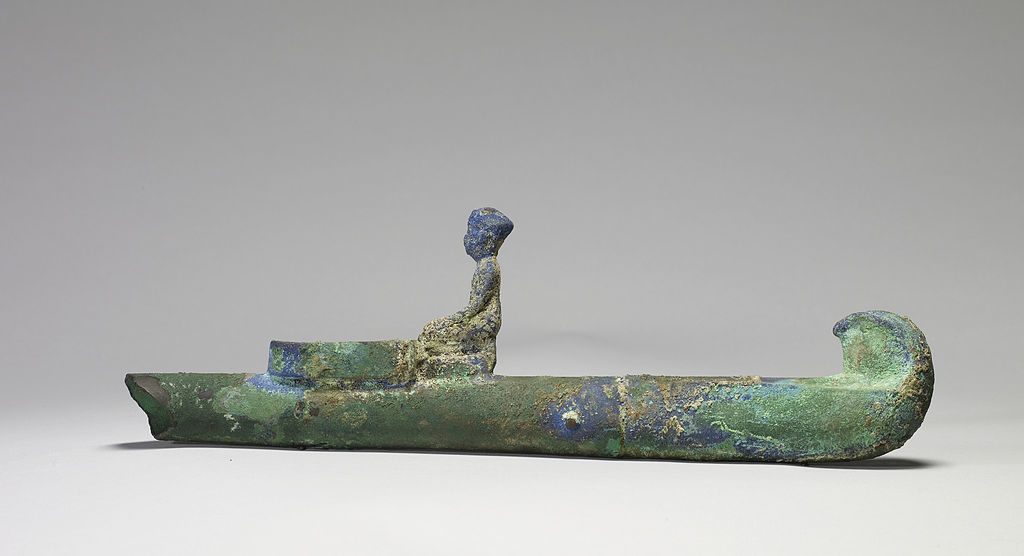由树脂颗粒和其他带有芬芳气味燃烧的材料制成,即使如今的香气也被广泛用作奉献和宗教仪式。

图像来源:
https://search.creativecommons.org/photos/aed7cacb-34ae-4e85-b92a-d064478c7ca7经过simonallardice
组成和燃烧方法
不同的培养物在各种材料中生产香,具体取决于当地可用的成分。必须以两种燃烧的方法区分香。间接燃烧,它不包含可燃材料,因此需要单独的热源;直接燃烧香,直接用火焰点燃,该火焰在没有其他申请的情况下燃烧其余的香气。基地维持材料的燃烧,可以用木炭或木头powder, combined with fragrant materials, or alternatively in botanical material or resins (such as Gum Arabic) mixed with natural fragrances.

图像来源:
https://commons.wikimedia.org/wiki/file:incensewikivers.jpg作者:SJSchen
神圣和亵渎的用法
多亏了它的多功能性,香used on different occasions,,,,both神圣和亵渎。香水的强度可能是如此强大,遮盖了其他不太理想的气味,这解释了香气的用法葬礼。无论如何,欣赏香水的人出于美学原因使用这种材料。由香龙菌制成的香气可以驱除蚊子和其他昆虫。这种现代用法实际上很久以前就被发现禅宗佛教徒,,,,in order to avoid the distraction during their meditative practices due to bothersome insects. Moreover, the regular burning of incense has been used sometimes for chronological measurement. Many people burn incense to appreciate its smell, without assigning any other specific significance to it. An example is the traditional日本艺术欣赏香,被称为Kōdō在关于如何准备和享受这种香水的既定实践之后。

图像来源:
https://search.creativecommons.org/photos/e7c928fe-488d-48f5-97df-97df-3a4700987d19经过Acameronhuff
从东到西部的许多文化中,宗教用途的香气普遍存在,并且可能源于实用和美学用途。一种普遍的古代图案是用法作为对神的奉献或礼仪的一种形式。这种使用很常见犹太教宗教并在Catholic, Orthodox, and Anglican churches, and also in Taoist and Buddhist cults。有时它在某些文化中被用作壮阳药:古希腊and埃及人将香与性欲望联系起来。另一个值得一提的用途与替代药物和民间药品有关。有人认为香清洁和恢复愈合晶体中的能量,还消除了负能量。
自时代以来
在古代历史上,香的交易得到了广泛的交易。从其他非洲地区和中东进入ancient Egypt,香气很突出religious and mortuary rites。巴比伦人使用它而占卜的神谕,or as an offer for deities. Israelites were assigned to its miraculous powers, setting altars with incense. We do know that Hindus were in the habit of using incense for domestic and public rituals, and so do Buddhists, who burn it also at festivals and initiations. In China, incense was burned to honor ancestors and household gods, and in Japan, it was incorporated into the Shintō ritual.

Ancient Greeks曾经燃烧木头sand resins as anoblation and for protection against evil,但是香气的使用并不常见。In Rome,进口香很重要,尤其是在牺牲和皇帝的公共崇拜中。最后,甚至早期的基督教教堂在公元4世纪左右开始使用香气圣体仪式,它的用途已经到今天。
信息来源:
https://en.wikipedia.org/wiki/incense#composition
https://www.britannica.com/topic/religion
https://www.heddels.com/2018/12/incense-101-history-products/
https://www.sacredgemstone.com/pages/cleansing-crystals-stones

